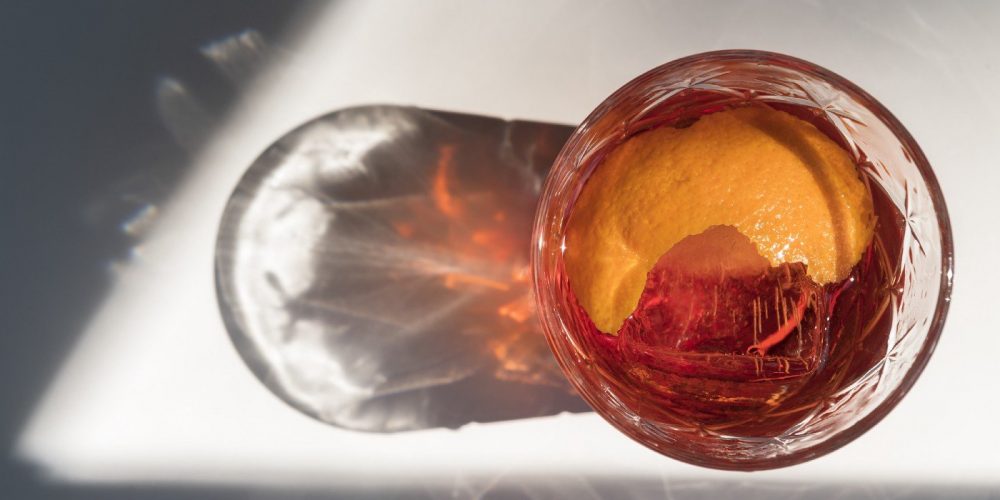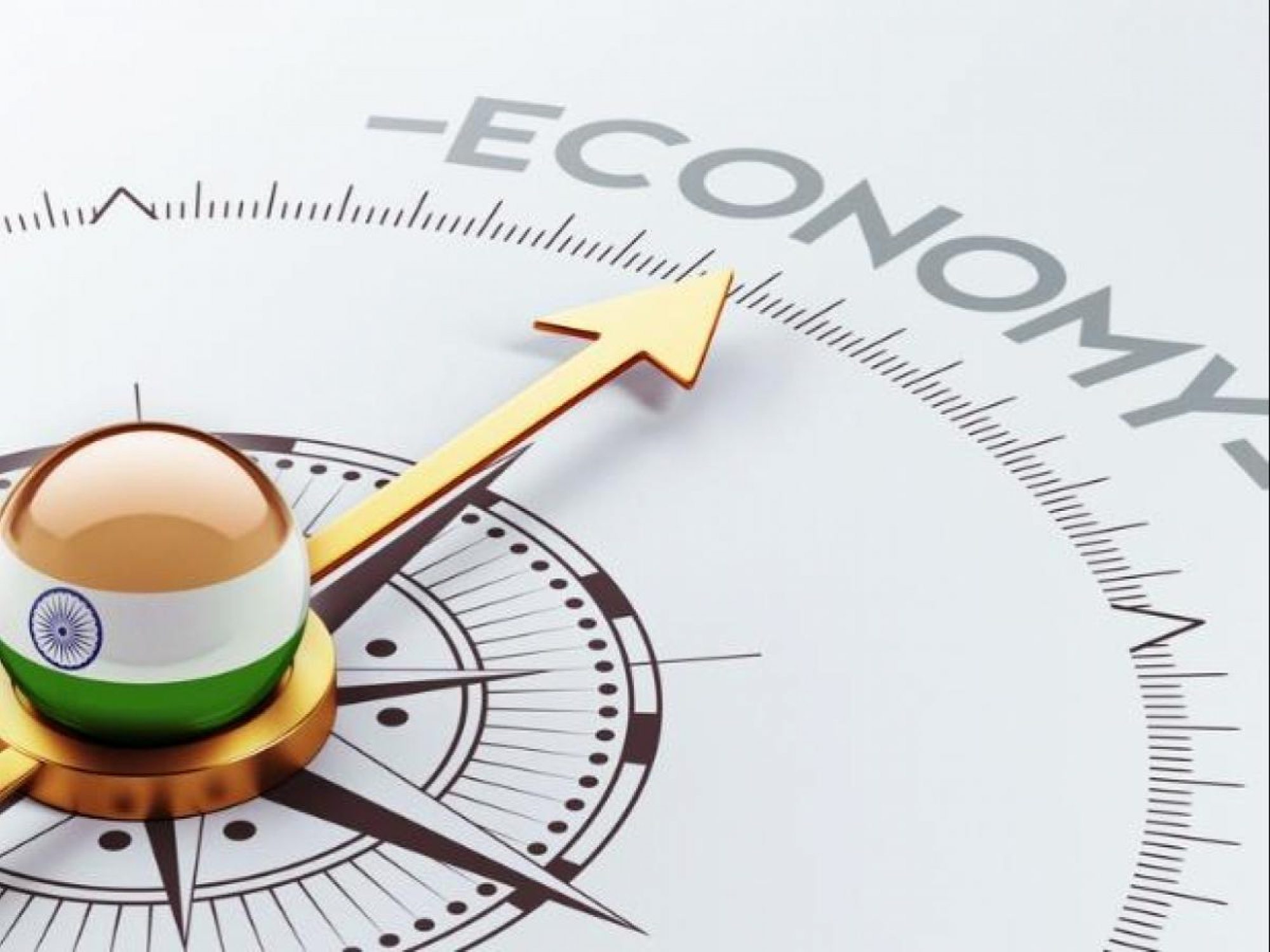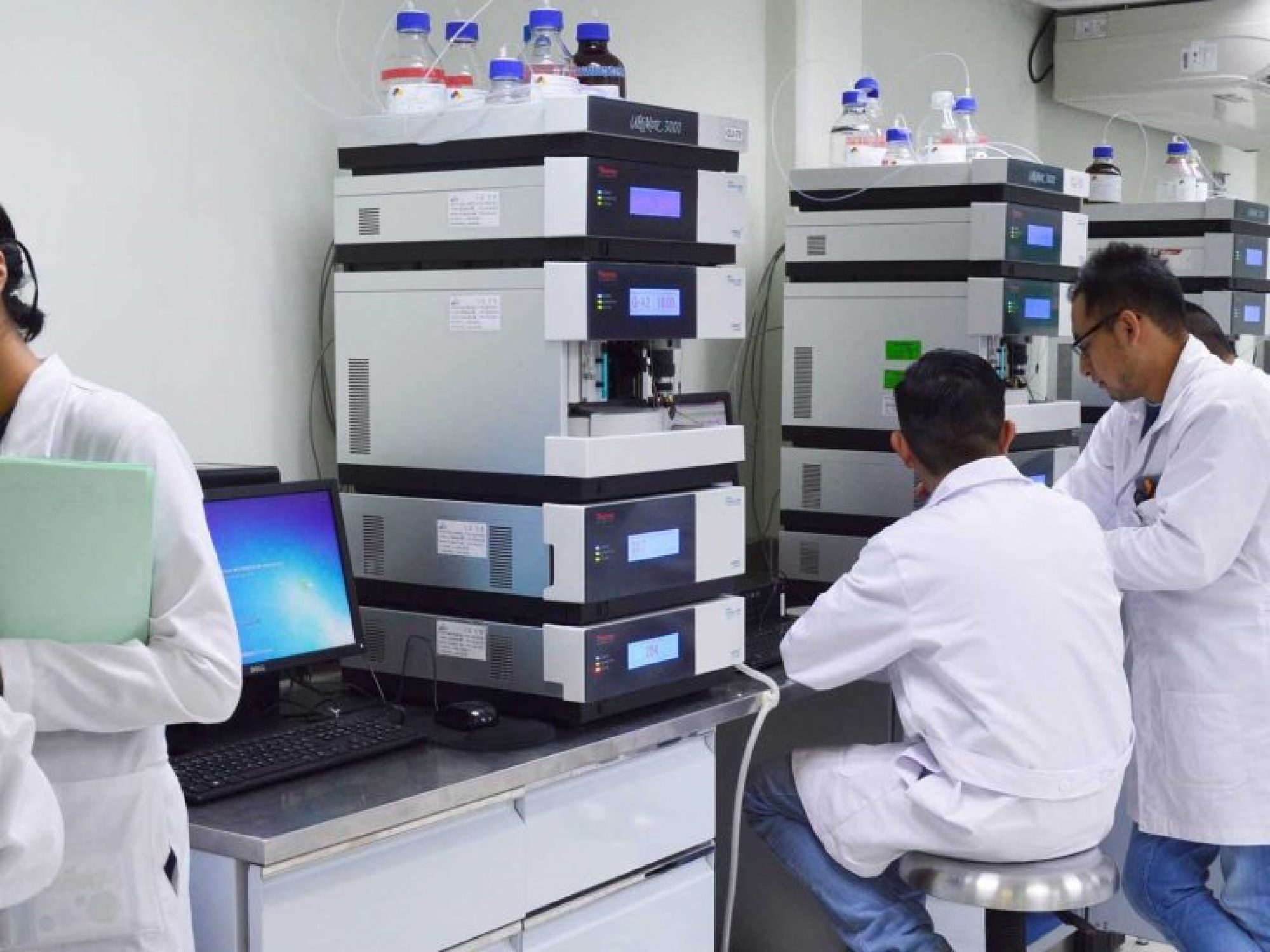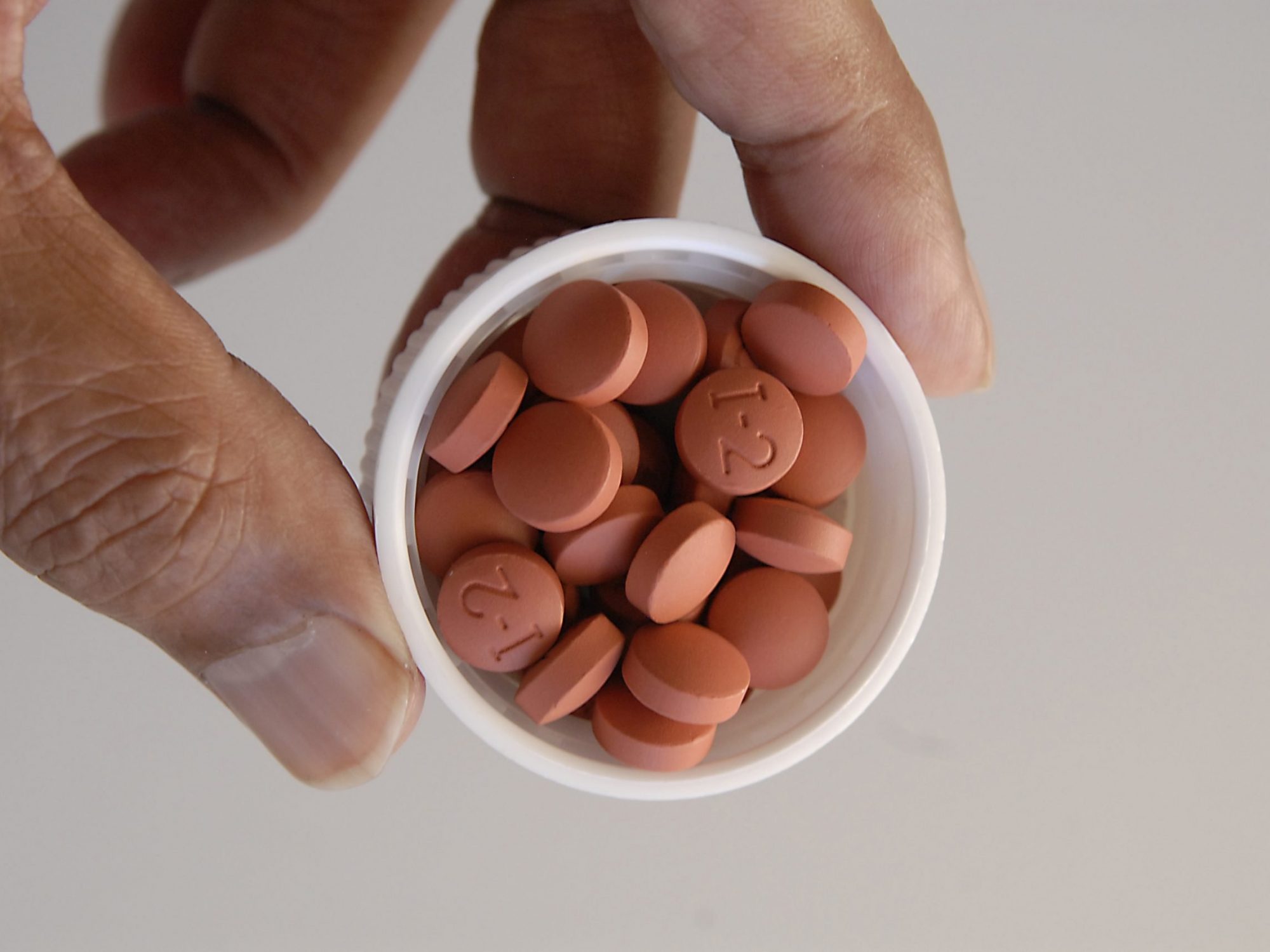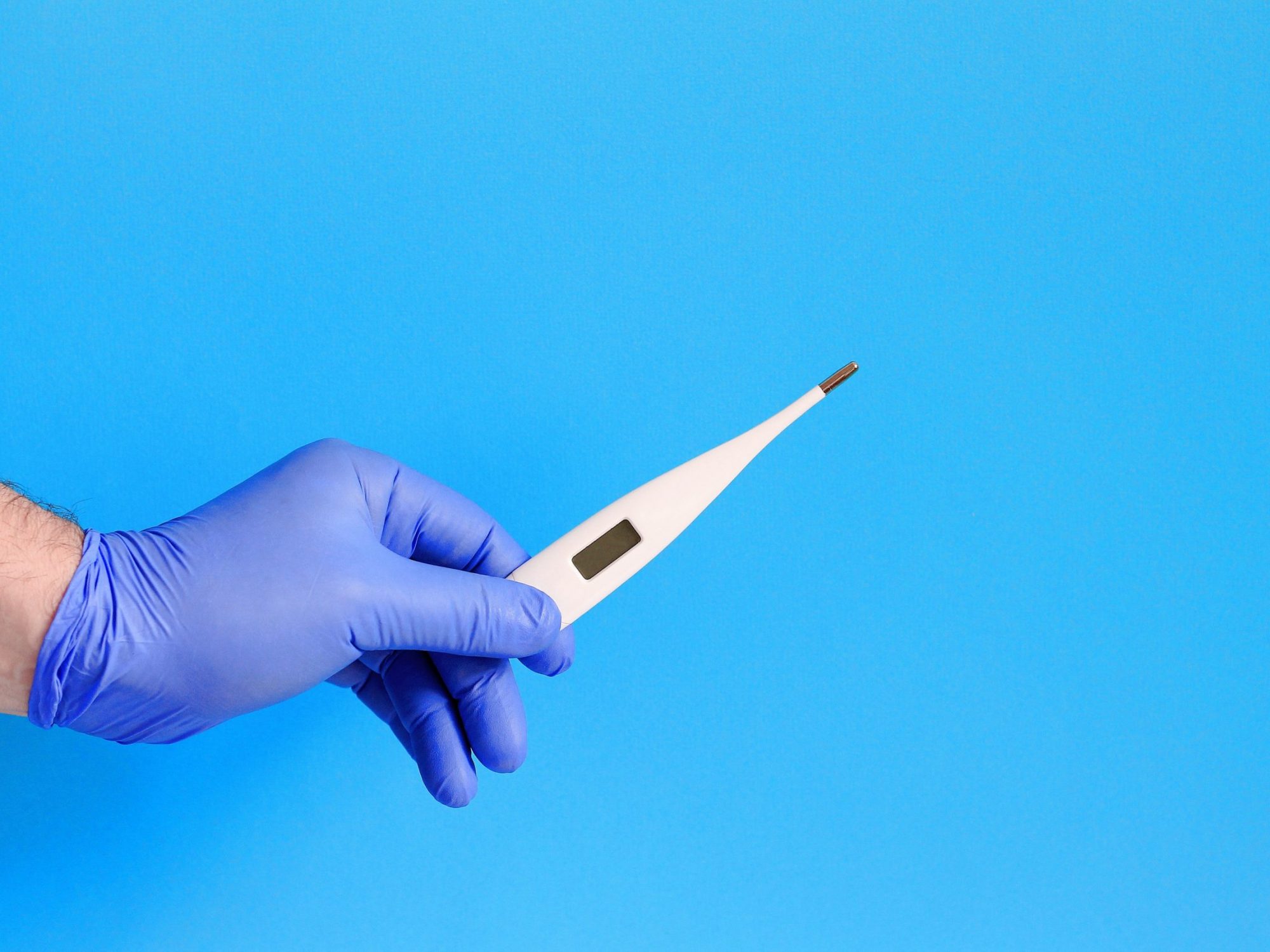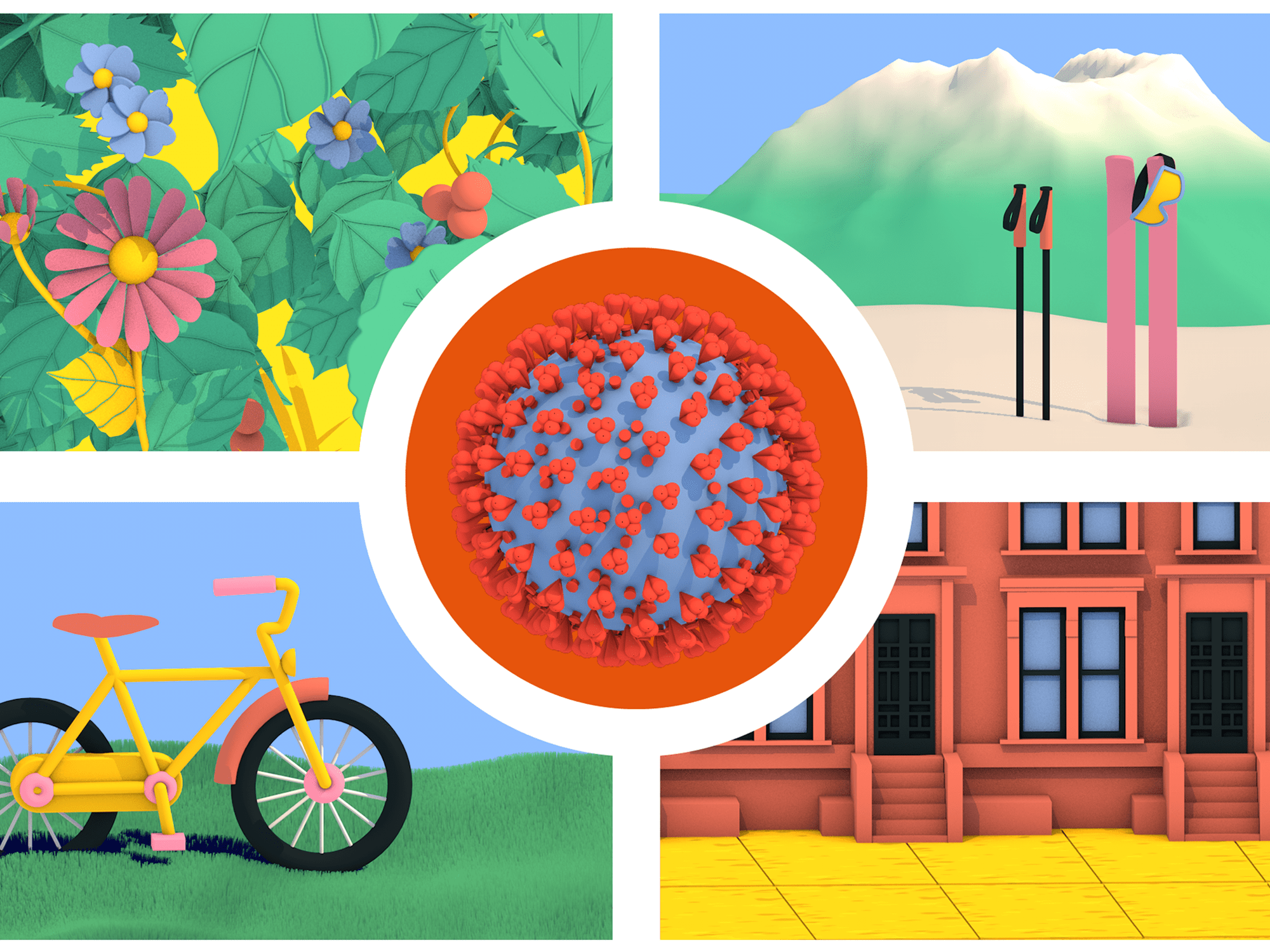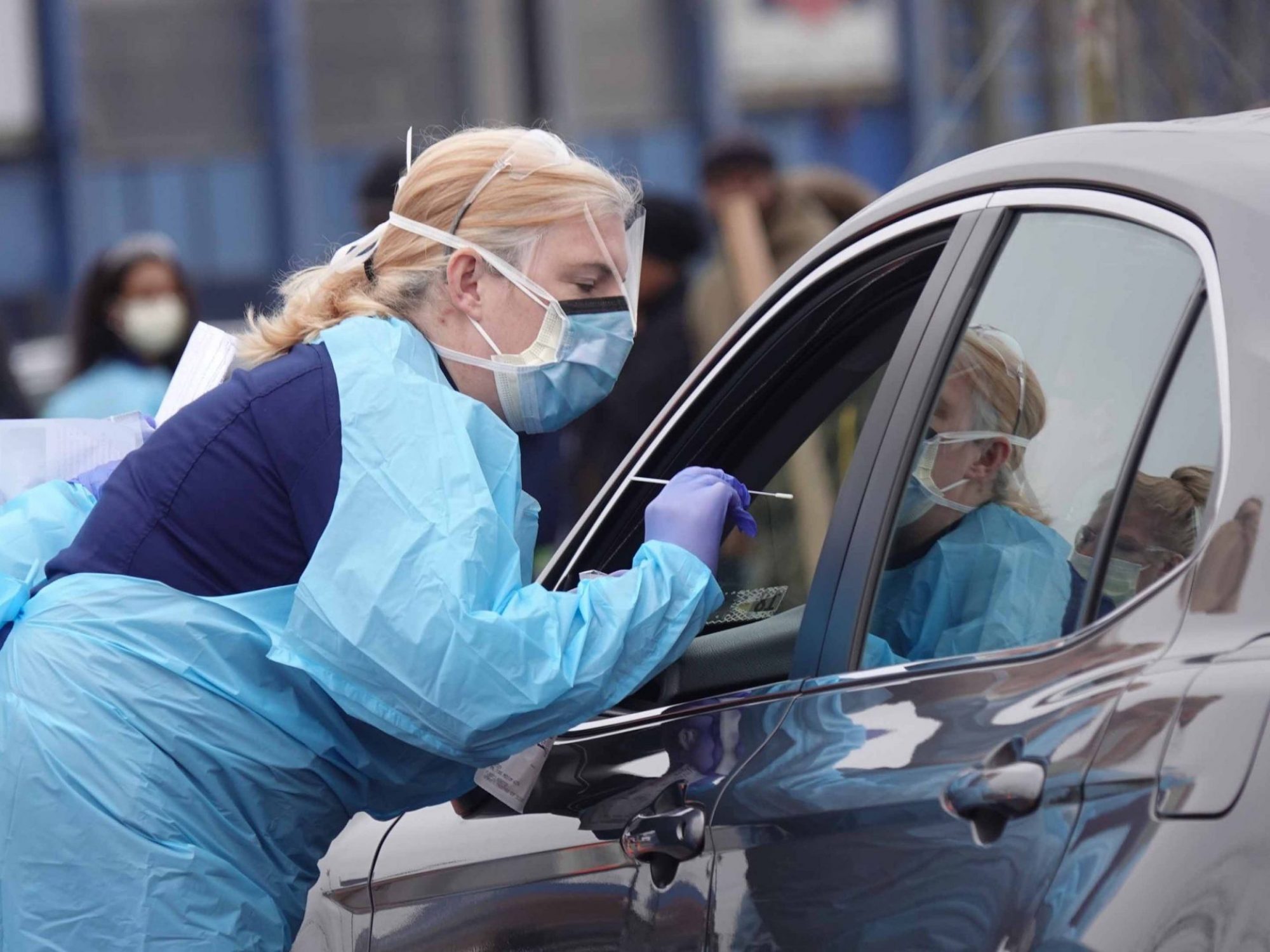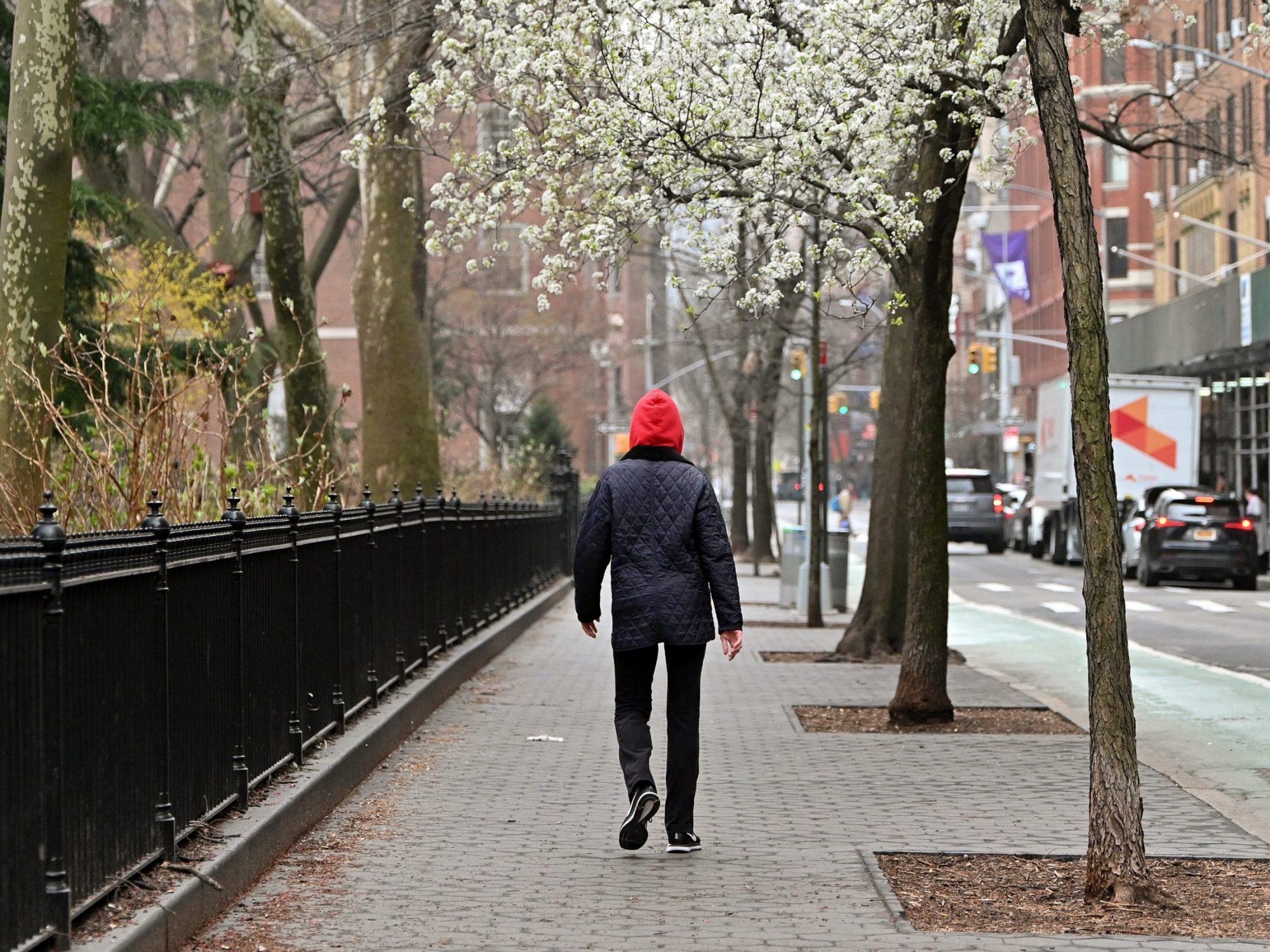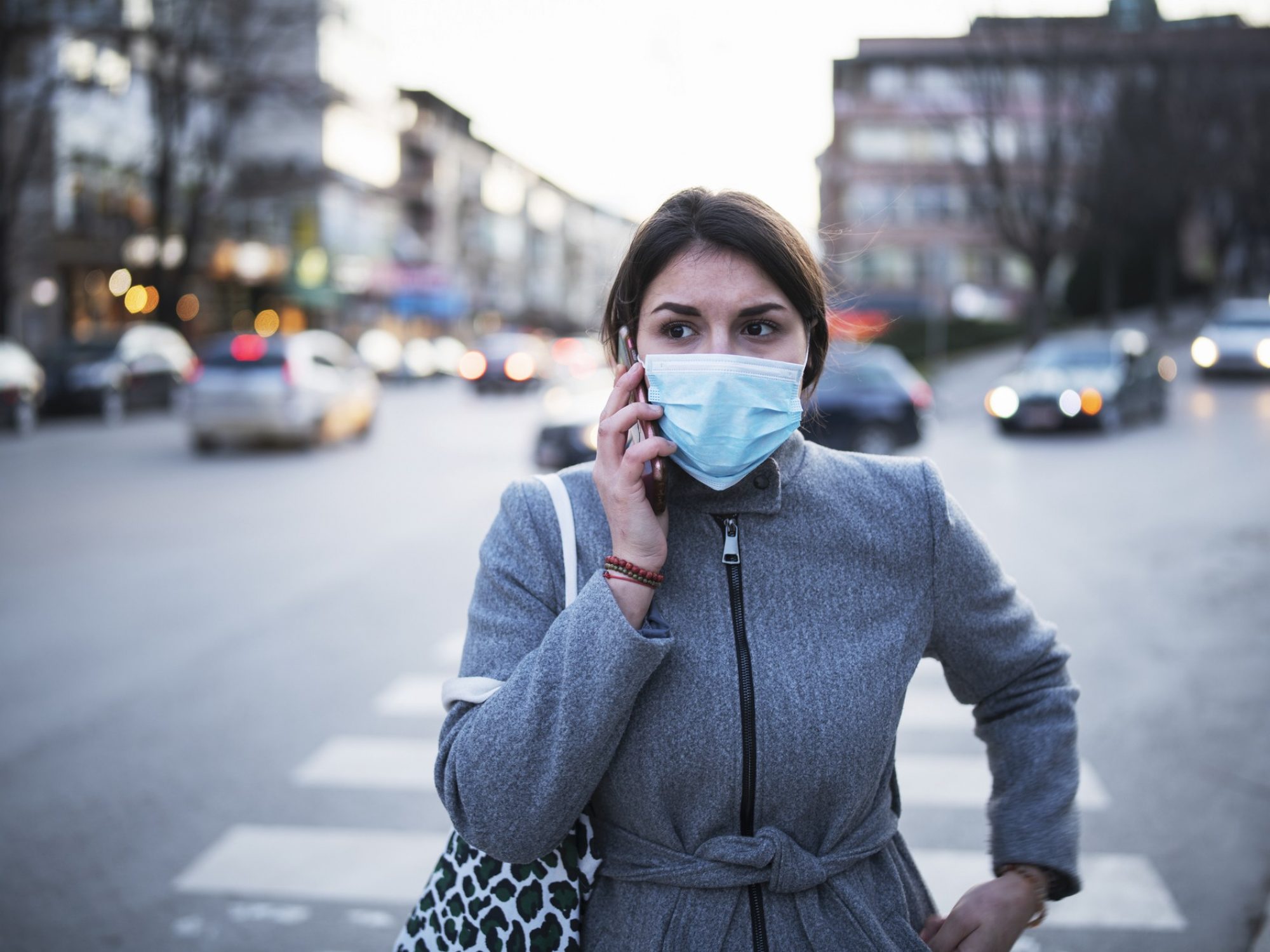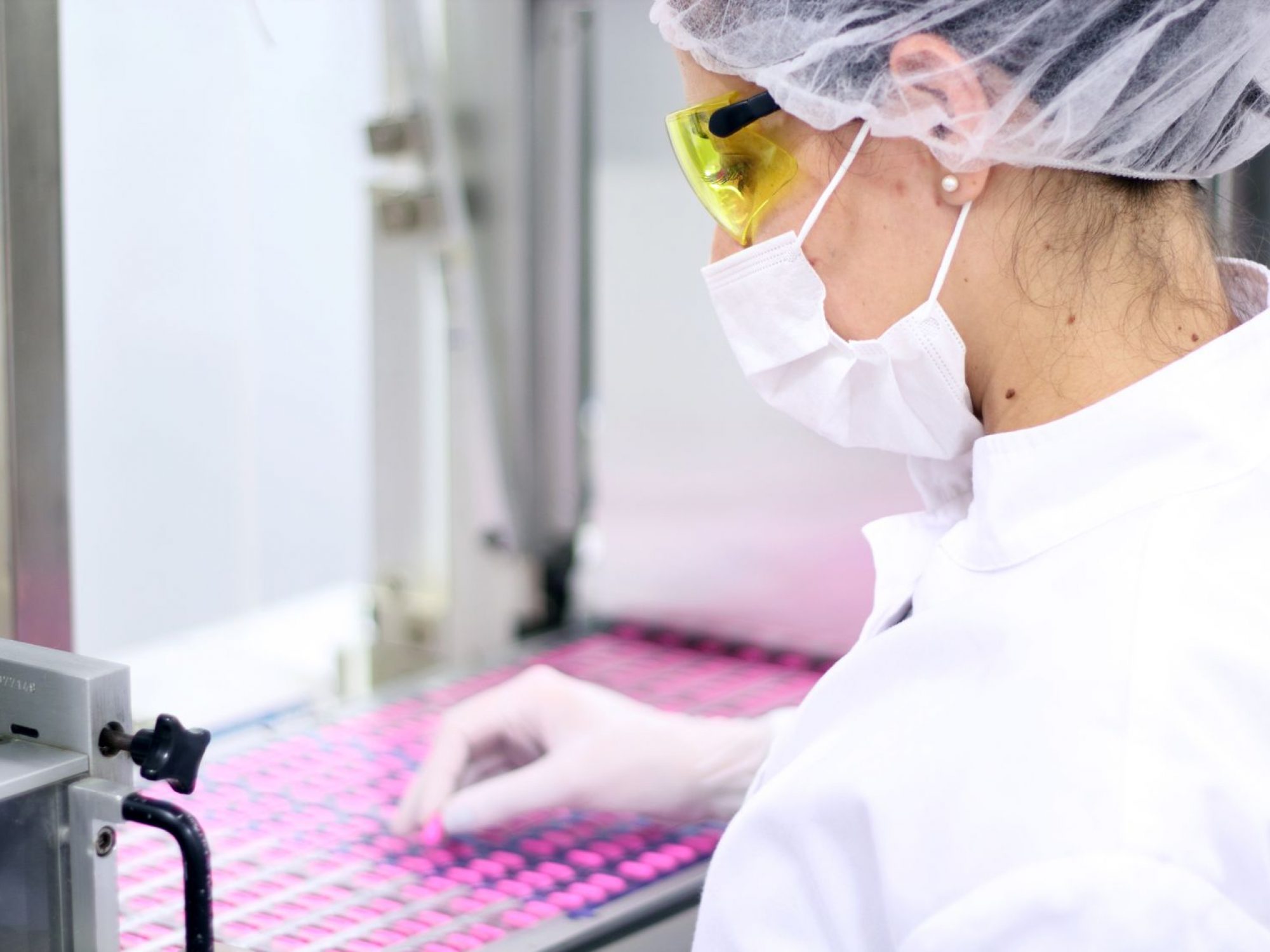One writer’s defense of the Covid-19 cocktail hour
April is the cruelest month, breeding daffodils and gin and tonics.
If we survive, I will forever associate this period of our lives with the sacrificial slicing of the lime, the pouring of the holy inebriant lightly tinctured with the presidential miracle, tonic of quinine. (Quinine, a treatment for malaria, is also found in tonic water.)
Fleeing New York like rats, my husband and I decamped north to socially isolate in a drafty house in the middle of what the locals call mud season, a time of grassless muck by day and treacherous plains of brown ice as the temperatures dip at night.
In the first weeks, we were giddy, if disoriented. It felt like setting sail on an exciting voyage, an odyssey, with our stores of grain and amphorae of olive oil and wine. And what voyage isn’t inaugurated with a pour for the gods?
For most of my adult life, my drinking habits have been — by my college standards, anyway — quite moderate. Back at Tulane in 1980s New Orleans, frat-crawling with Brett Kavanaugh clones, five or six gin and tonics a night was just right. Since then, I’ve mostly eschewed spirits, sipping a glass or two of wine with dinner most nights a week. I know doctors believe that’s still too much alcohol for the female body, but mine has weathered it fine.
Mornings, I eye the levels of the bottles, count the empties, and shake off a slight unease. Surely some gremlin has been in here pouring?
Waiting out the apocalypse, though, called for something more… numbing. As one of my friends sheltering in place in Brooklyn and switching to the hard stuff put it, “These are not white wine spritzer times.”
Every night around 6:00, then 5:30, now sometimes 5:00 or even 4:40, my husband or I edge over to the counter by the sink and grip the Hendrick’s by the neck.
“Ready for a demi-tasse?” my husband might say. (Destroying French with our homebound high school junior amuses them both.)
“Never too early?” I suggest, waving wanly at the oven clock.
And then we’re off. I usually have one double gin; he sometimes has two. Sipping on that sweating quinine-ade, especially when the late-afternoon sun streams in, it is possible to squint and for a moment fantasize about living in a romantic pre-medical past, the one our president inhabits, someplace where quinine was a cure-all, like in colonial India, maybe. Tally-ho, mates! Carry on!
After the G&T ritual, we crack open a bottle of red and drink half of it with our food. Some nights, my husband even goes in for the aquavit nightcap, splashing a few fingers of the yellow liquid into a glass.
Mornings, I eye the levels of the bottles, count the empties, and shake off a slight unease. Surely some gremlin has been in here pouring? I had a few discussions with my husband about the dramatic drops in the various bottles. “You’re not my mother,” he replied. “Have you seen how alcoholics drink?”
Yes, I have. We have since stopped talking about it.
My last trip into Plague City was late March. A few weeks into social isolation, we needed bank stuff, checks, tax documents, mail. I drove in with a box of latex gloves and the last container of Clorox wipes. After fetching our things, wiping down door handles, peeling off and replacing the gloves after touching any surface, I was practically breathless with paranoia. I sped west through Jersey with the windows open, assuring myself that the Hudson breeze could blow away invisible particles of death from my trips in the elevator.
But first, one last errand, the most important of all: Bottle King, the New Jersey discount liquor warehouse. My fear of death was not greater than the fear of running low on gin and wine. As I loaded up my cart, I heard one of the young men working the shelves cough right behind me and his colleague say, “Man, you should stay home,” to which the cougher replied, “I can’t.”
According to analysts, I am not alone in putting Bacchus before Thanatos. In a single week in mid-March, American sales of spirits like tequila, gin and premixed cocktails increased 75% compared to the same period last year, according to market research firm Nielsen. More recently (maybe because people stocked up early), the booze curve has flattened but remains dramatically higher than last year. Over the six-week timeframe during which Covid-19 has affected consumer behavior (the week ending March 7 through the week ending April 11), Nielsen tracked a 25% increase in alcohol sales over last year during the same time, with a 33% increase in sales of spirits alone.
What is “excessive” consumption — the question we stop thinking about as we slice the lime?
Drinking away the pandemic is a global phenomenon. Ina Garten is mixing cosmos in a martini glass that rivals the Stanley Cup in size, and Stanley Tucci is giving lessons in the art of the Negroni. The World Health Organization website mentions booze in a “myth-busters” page, advising people not to assume that because alcohol hand wipes kill the virus, drinking it does the same. “Drinking alcohol does not protect you against COVID-19 and can be dangerous,” the site states.
According to the National Institute on Alcohol Abuse and Alcoholism (NIAAA), excessive alcohol consumption can weaken the immune system and even has specific effects on the cilia in the respiratory system, potentially making people more susceptible to the pneumonia that is a serious Covid-19 complication.
But what is “excessive” consumption — the question we stop thinking about as we slice the lime? According again to the NIAAA, Americans drink about 2.3 gallons of alcohol or about 500 drinks annually. That means moderate social drinkers are averaging a drink and a half a day.
Most studies of alcohol use focus on the negatives, or, if not, on the well-known good effects of a glass of wine on the cardiovascular system and overall mortality. But there is evidence that drinking moderately improves psychological health — and might be just what the panicked and socially isolated need. Research published in the November 2000 issue of Drug and Alcohol Dependence reported “evidence of psychological benefits… in experimental, observational, interview, self-report, correlational, and some prospective research. These positive findings are in the areas of subjective health, mood enhancement, stress reduction, sociability, social integration, mental health, long-term cognitive functioning, and work income/disability.”
Drinking alcohol may not bolster a person’s health, and, yes, there’s good evidence that it does the immune system no favors. But in moderation, cocktail hour can bring a moment of conviviality and even equilibrium in crazy times. And, of course, a glass or two with dinner has been a part of culture for centuries.
One morning a few weeks ago, I had a rattling, prolonged coughing fit that left me shaky and dizzy. I spent the next few hours convinced I was a goner. At around two in the afternoon, I decided, fuck it, if I’m going to die, I’m going out with a drink. I poured a generous half-glass of gin, squeezed in a lime, dashed in the tonic, and sat in the sun by my daffodils, waiting for the Grim Reaper.
After the first drink, I was breathing easier. By the second, I wasn’t even dizzy anymore. A few days and a couple hits of Robitussin later, the cough was entirely gone. I assume — without medical qualifications — that I was having a panic attack, something I’ve never experienced before but which I understand can feel like a heart attack. I suppose our president would like me to believe the quinine did its miracle work.
But I know it was the gin.

